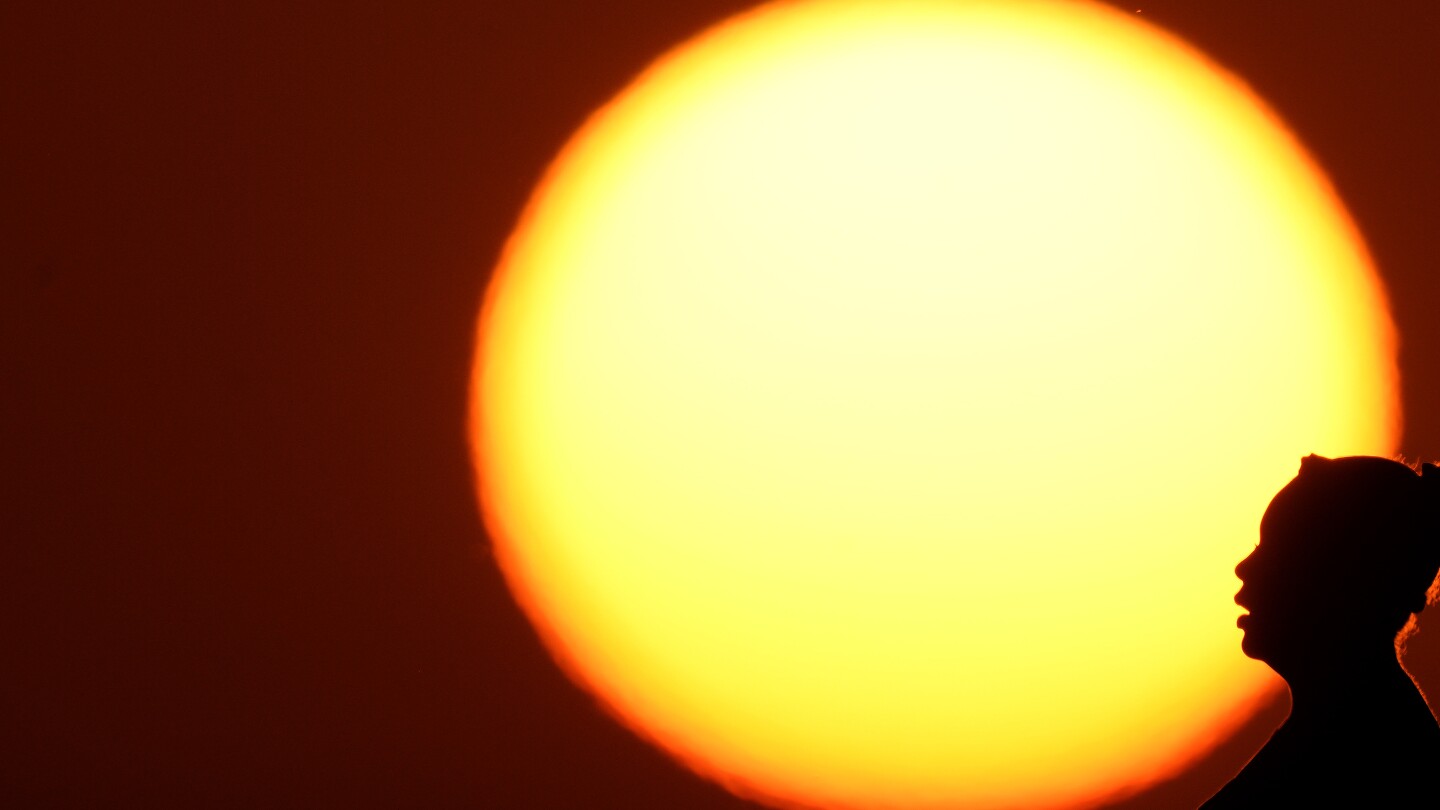Earth is exceeding its “safe operating space for humanity” in six of nine key measurements of its health, and two of the remaining three are headed in the wrong direction, a new study said.
Earth’s climate, biodiversity, land, freshwater, nutrient pollution and “novel” chemicals (human-made compounds like microplastics and nuclear waste) are all out of whack, a group of international scientists said in Wednesday’s journal Science Advances. Only the acidity of the oceans, the health of the air and the ozone layer are within the boundaries considered safe, and both ocean and air pollution are heading in the wrong direction, the study said.
“We are in very bad shape,” said study co-author Johan Rockstrom, director of the Potsdam Institute for Climate Impact Research in Germany. “We show in this analysis that the planet is losing resilience and the patient is sick.”
In 2009, Rockstrom and other researchers created nine different broad boundary areas and used scientific measurements to judge Earth’s health as a whole. Wednesday’s paper was an update from 2015 and it added a sixth factor to the unsafe category. Water went from barely safe to the out-of-bounds category because of worsening river run-off and better measurements and understanding of the problem, Rockstrom said.
These boundaries “determine the fate of the planet,” said Rockstrom, a climate scientist. The nine factors have been “scientifically well established” by numerous outside studies, he said.
If Earth can manage these nine factors, Earth could be relatively safe. But it’s not, he said.
In most of the cases, the team uses other peer-reviewed science to create measurable thresholds for a safety boundary. For example, they use 350 parts per million of carbon dioxide in the air, instead of the Paris climate agreement’s 1.5 degrees (2.7 degrees Fahrenheit) of warming since pre-industrial times. This year carbon in the air peaked at 424 parts per million.
The nine factors are intermingled. When the team used computer simulations, they found that making one factor worse, like the climate or biodiversity, made other Earth environmental issues degrade, while fixing one helped others. Rockstrom said this was like a simulated stress test for the planet.
The simulations showed “that one of the most powerful means that humanity has at its disposal to combat climate change” is cleaning up its land and saving forests, the study said. Returning forests to late 20th century levels would provide substantial natural sinks to store carbon dioxide instead of the air, where it traps heat, the study said.
Biodiversity – the amount and different types of species of life – is in some of the most troubling shape and it doesn’t get as much attention as other issues, like climate change, Rockstrom said.
“Biodiversity is fundamental to keeping the carbon cycle and the water cycle intact,” Rockstrom said. “The biggest headache we have today is the climate crisis and biodiversity crisis.”
University of Michigan environmental studies dean Jonathan Overpeck, who wasn’t part of the study, called the study “deeply troubling in its implications for the planet and people should be worried.”
“The analysis is balanced in that it clearly sounds a flashing red alarm, but it is not overly alarmist,” Overpeck said. “Importantly, there is hope.”
The fact that ozone layer is the sole improving factor shows that when the world and its leaders decide to recognize and act on a problem, it can be fixed and “for the most part there are things that we know how to do” to improve the remaining problems, said Carnegie Mellon chemistry and environment professor Neil Donahue.
Some biodiversity scientists, such as Duke’s Stuart Pimm, have long disputed Rockstrom’s methods and measurements, saying it makes the results not worth much.
But Carnegie Mellon environmental engineering professor Granger Morgan, who wasn’t part of the study, said, “Experts don’t agree on exactly where the limits are, or how much the planet’s different systems may interact, but we are getting dangerously close.”
“I’ve often said if we don’t quickly cut back on how we are stressing the Earth, we’re toast,” Morgan said in an email. “This paper says it’s more likely that we’re burnt toast.”
___
Follow AP’s climate and environment coverage at https://apnews.com/hub/climate-and-environment
___
Follow Seth Borenstein on Twitter at @borenbears
___
Associated Press climate and environmental coverage receives support from several private foundations. See more about AP’s climate initiative here. The AP is solely responsible for all content.

